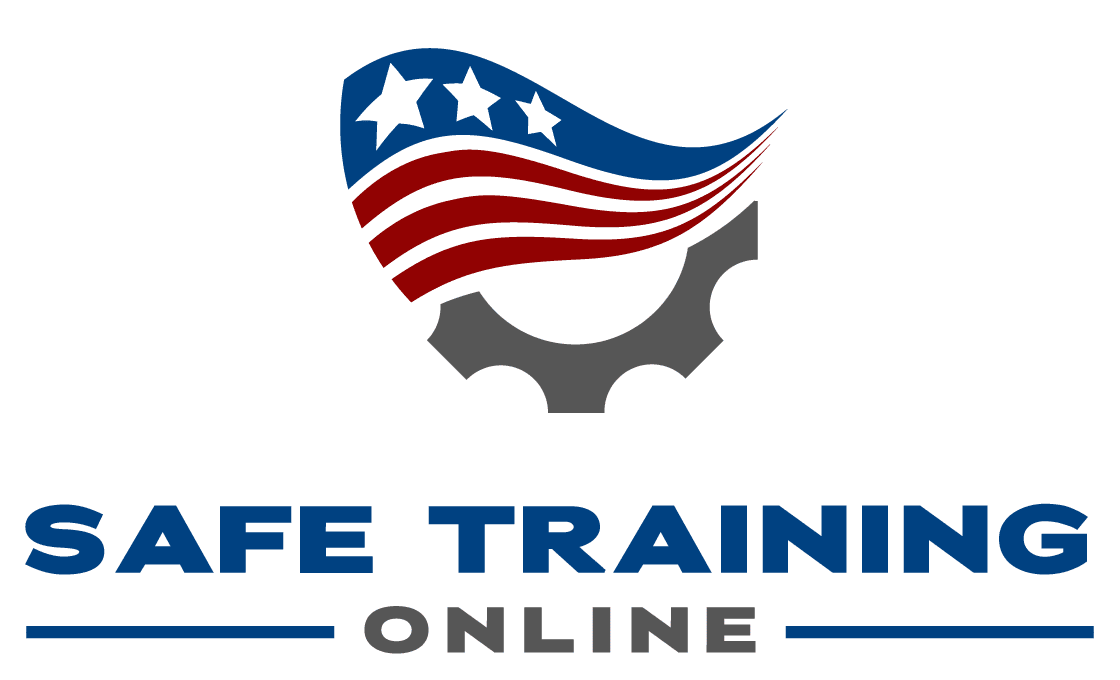HazCom Safety Training
HazCom Safety Training
training is mandatory for anyone who works around hazardous chemicals. This includes employees, contractors, and even students.
In addition to protecting workers’ health, HazCom also protects companies from lawsuits. Companies that fail to provide adequate safety training face fines and penalties.
If you work around hazardous chemicals, then you should consider taking HazCom training. Here are the benefits of hazcom training.
Hazcom Training in the Workplace
OSHA requires employers to provide safety training to employees. HazCom training teaches workers how to recognize hazardous chemicals and how to avoid exposure to those chemicals.
Employers must provide hazard communication training to their employees if they work with any of the following substances:
1. Acids or alkalis
2. Corrosive liquids
3. Flammable solids or liquids
4. Gases
5. Oxidizing agents
6. Toxic metals
7. Vapors
8. Volatile organic compounds
9. Water
10. Other substances listed under 29 CFR 1910.1200(b)(1)
11. Any substance that may cause injury through physical contact
12. Any substance that may be harmful if inhaled
13. Any substance that may produce heat or fire
What Is Hazcom Training?”
Hazard communication training is required by law for anyone who works with hazardous chemicals. You must train your employees on how to handle dangerous substances safely.
OSHA’s 1910.1200 Hazard Communication Standard, commonly known as HAZCOM, require organizations to provide employees with proper container labeling and safety datasheets to communicate the potential dangers posed by the chemicals and what to do if there is an emergency.
As such, a critical part OSHA’s HAZCOM requirements is to provide employees with proper hazard communication training.
Employers should provide employees with proper training before they start work. Employees should be trained on how to properly label containers and safety data sheets.

Propane Cylinder Handling Course
This ensures that everyone knows what they’re doing and what precautions to take when handling hazardous materials.
In addition, employers should provide employees with regular updates on changes in laws or regulations regarding hazardous chemicals. These updates should include information on how to respond to emergencies involving hazardous chemicals.
For example, if a company uses chlorine bleach, they should inform employees about the risks associated with using it. And if a company uses ammonia, they should tell employees about the risks involved with breathing it in.
These types of updates are important because they keep employees aware of new developments in the industry.
When is HAZCOM Training Required?
Hazard Communication training is required for employees who handle chemicals. You should train your employees about hazardous chemicals every year. And if there’s any change in the workplace or the company introduces a new chemical, you should retrain your employees again.
OSHA doesn’t specify a specific format for Hazard Communication training, but it recommends that it occurs at the time of an individual’s initial assignment, and whenever there’s a change in the workplace or introduction of a new chemical.
So make sure to keep your employees trained about hazardous chemicals every year!
What Is Covered In Hazard Communication Safety Training
Carcinogenic substances are dangerous chemicals that cause cancer. These types of chemicals are listed under the category of Carcinogens. You will find out what carcinogens are and why they are harmful to humans.
In addition to carcinogens, there are other hazardous chemicals that can harm human beings. Some examples of these chemicals are flammable gases, corrosive liquids, and toxic materials. All of these chemicals are considered hazardous if they are present in the air, water, soil, or any other material where humans live, work, or play.
To prevent accidents caused by hazardous chemicals, employers must provide workers with proper training. This training is called Hazard Communication Safety Training. It covers the following topics:
• What are carcinogens?
• How do I recognize carcinogens?
• What are the effects of carcinogens?
• Why are carcinogens dangerous?
• What precautions should I take?
• What are my responsibilities?
• What are safe practices?
• What are warning signs?
• What are emergency response plans?
• What are personal protective equipment?
• What are respirators?
• What are PPE kits?
Conclusion
HazCom training has been proven to significantly reduce workplace injuries. It’s an excellent way to protect workers’ safety while improving productivity. In fact, HazCom training is now required by law in several states. So if you haven’t already done so, why not consider getting trained today?
Click here for Online HazCom Safety Training.
Click here for OSHA HazCom Safety requirements.
